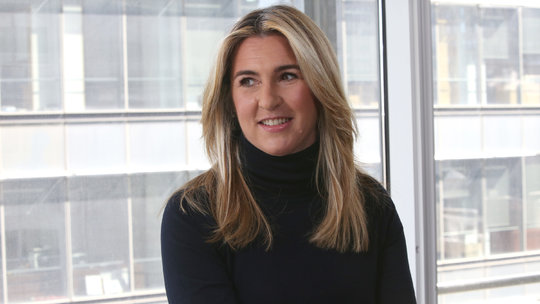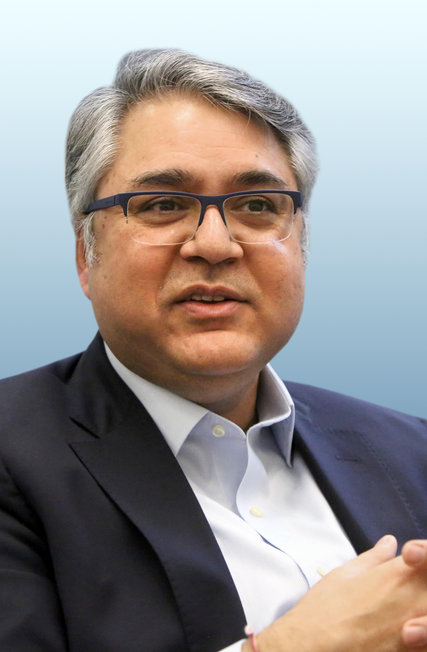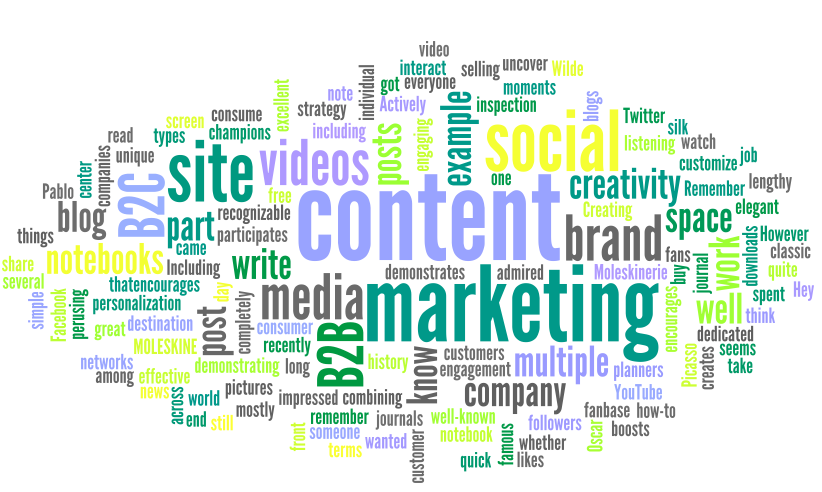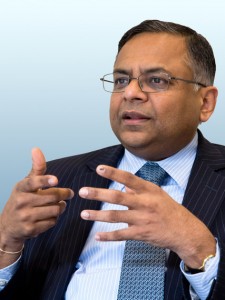E-Commerce Dips into the Home Services Industry
The biggest names in e-commerce are now competing in the home services industry, attempting to bundle your recently purchased items with related services. Giants like Amazon give approved businesses a chance to bid against one another to provide your desired service. How will this affect you? Here are some things to consider:
- This is a ridiculously huge, untapped industry: “Angie’s List … estimates the home services industry is $400 billion. Others put it at more than $800 billion. ‘There are few pots of gold left as big as this on the Internet,’ said Marco Zappacosta, chief executive and co founder of Thumbtack.”
- Amazon is king and is only getting bigger: “‘I can tell you that with 85 million customers purchasing products from Amazon that needed installation or assembly, customers have told us that Amazon Home Services fills an important need,’” says Peter Faricy, VP of Amazon Marketplace. “For Amazon it is another step toward becoming the conduit through which we buy everything, not just goods but services and entertainment as well.”
- Google is another top contender: With services like Google Express to compete with Amazon, Google isn’t going to give up this sector of this emerging market without a fight. With the ability to provide services directly from its own search engine, Google will be sure to have its share of the market.
- Home service providers have to cut prices to compete: Small business must cut costs in order to compete with Amazon’s bidders, but at the same time are gaining volume. “‘I look at it as an opportunity – it’s Amazon,’ […] I would say it’s early days still. We are trying to make it work. It’s a little difficult adjusting with the new prices, but there’s definitely volume there. We’re interested, but a little nervous about the low prices,’” says Matt Feldman, an entrepreneur who’s business is changing due to this bidding process.
In summary, expect your next Amazon flatscreen TV purchase to come bundled with a dozen of TV installers fighting with one another to give you the best price possible, and other e-commerce retailers to follow suit. What does this mean for home service providers? Smaller margins and a lot more work.










